In the dimly lit alleyways of major cities, a new form of street art is emerging—one that pulses with an eerie, otherworldly glow. Unlike traditional spray paint or stencils, these murals are alive. Scientists and bio-artists are collaborating to create "living graffiti" using genetically modified bacteria that fluoresce under ultraviolet light. This fusion of synthetic biology and urban art is pushing the boundaries of both fields, transforming concrete jungles into canvases for bioluminescent expression.
The concept hinges on engineering non-pathogenic bacteria like Escherichia coli to produce fluorescent proteins originally found in jellyfish or marine microorganisms. When cultured in nutrient-rich gels and applied to surfaces, these microbial colonies form intricate patterns visible only under blacklight. The result? Ghostly murals that appear to materialize from darkness, their vivid greens, blues, and reds shifting as the bacteria grow and interact with their environment.
Bio-artist collective Biolume made waves last year with their installation in Berlin, where a 50-foot bacterial mural depicted endangered species glowing along the Spree River. "It’s protest art with a biological timer," explained lead artist Marco Fischer. "As the nutrients deplete, the artwork fades—a metaphor for species extinction." The piece lasted 17 days before returning to invisibility, leaving no physical trace beyond documentation.
Behind the spectacle lies rigorous science. Genetic circuits must be carefully tuned to control fluorescence intensity and duration. Some teams incorporate "kill switches" ensuring bacteria don’t persist outdoors, while others experiment with symbiotic relationships between engineered microbes and lichens for longer-lasting displays. Dr. Lena Petrovic, a synthetic biologist at TU Delft, notes: "We’re essentially programming living pixels. Their behavior depends on environmental factors like humidity and temperature, making each piece uniquely unpredictable."
Not all reactions have been positive. Regulatory bodies in several countries have raised concerns about releasing engineered organisms, however benign, into urban environments. The European Bioart Network has established containment protocols, including UV-sensitive bacteria that die upon daylight exposure. Meanwhile, DIY biohackers skirt regulations by using non-modified bioluminescent algae, sparking debates about democratization versus biosafety.
The movement is evolving beyond static images. At MIT’s Media Lab, researchers have created bacterial "films" where colonies rearrange themselves into sequential images when exposed to chemical cues. Another project in Tokyo uses moisture-sensitive bacteria that glow brighter before rainfall, serving as both art and weather forecast. "This isn’t just art that hangs on a wall," says curator Aiko Watanabe. "It’s a dialogue between human creativity and biological agency."
As the technology advances, so do its applications. Urban planners envision glow-in-the-dark bacterial signage for emergency routes, while environmental scientists propose pollution-sensitive murals that change color near emission sources. The 2024 Paris Cultural Olympiad will feature a bacterial light show spanning the Seine, its patterns responding in real-time to athlete biometric data.
Yet fundamental questions persist: Can something be both vandalism and valuable scientific outreach? When the paintbrush is a petri dish, who owns the artwork—the artist, the bacteria, or the building owner? The answers may reshape how we define street art altogether. For now, these luminous microbial masterpieces continue to bloom in the shadows, challenging perceptions of where life ends and art begins.
What began as fringe biohacking has matured into a legitimate artistic medium, complete with gallery exhibitions and peer-reviewed papers. As genetic engineering tools become more accessible, expect nocturnal cityscapes worldwide to awaken with these living lightscapes—transient, boundary-pushing, and undeniably alive.
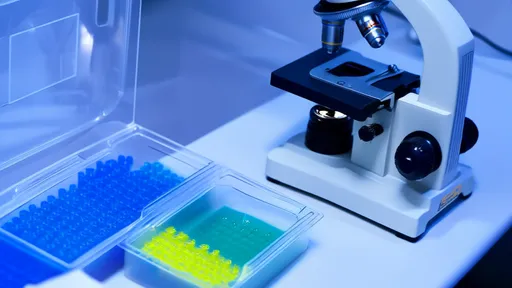
By /Jul 22, 2025

By /Jul 22, 2025

By /Jul 22, 2025
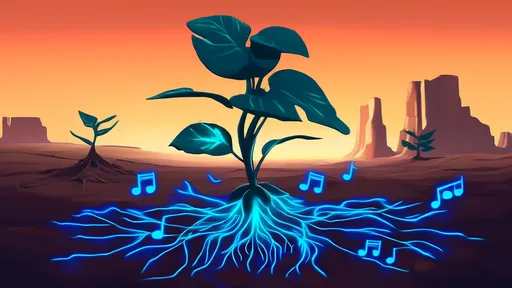
By /Jul 22, 2025

By /Jul 22, 2025
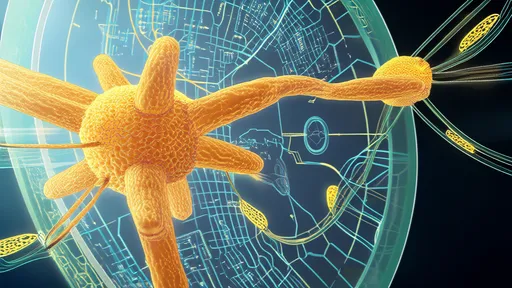
By /Jul 22, 2025
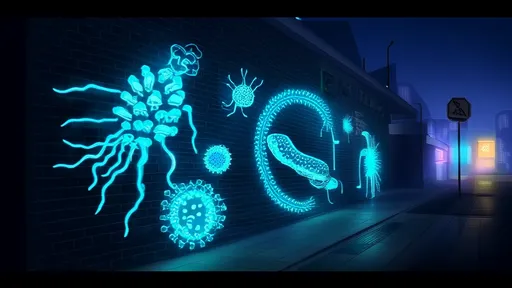
By /Jul 22, 2025
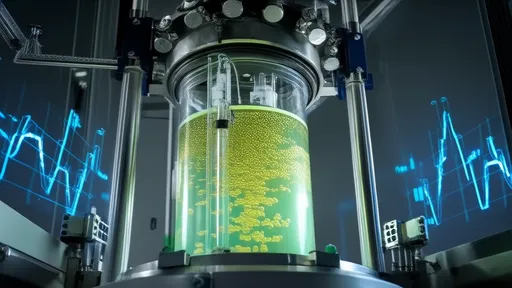
By /Jul 22, 2025
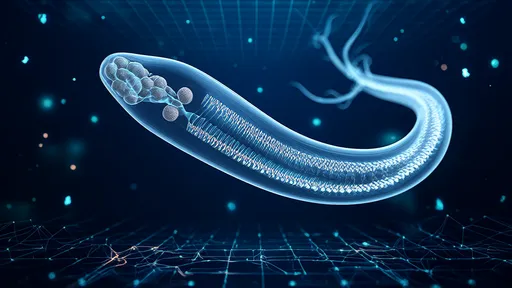
By /Jul 22, 2025
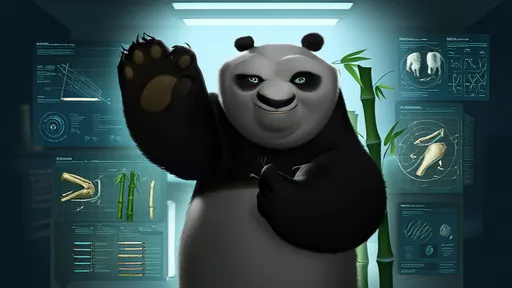
By /Jul 22, 2025
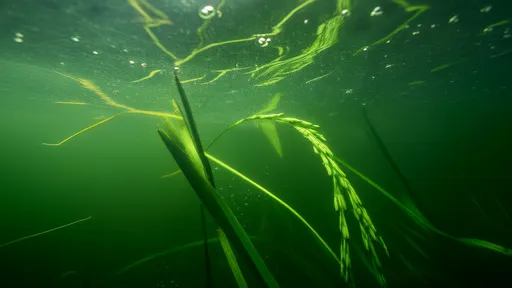
By /Jul 22, 2025

By /Jul 22, 2025
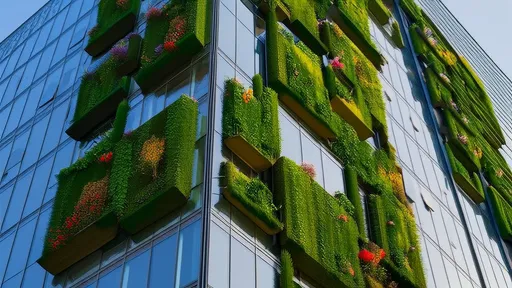
By /Jul 22, 2025
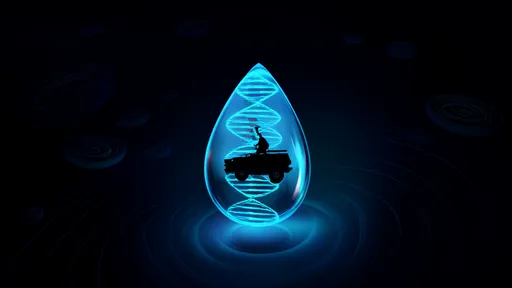
By /Jul 22, 2025
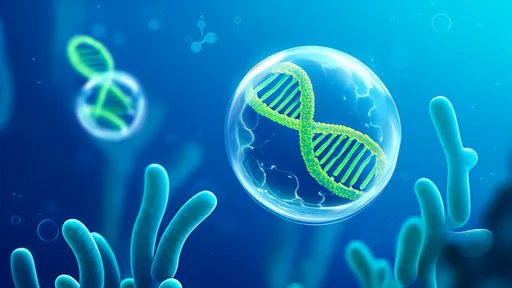
By /Jul 22, 2025
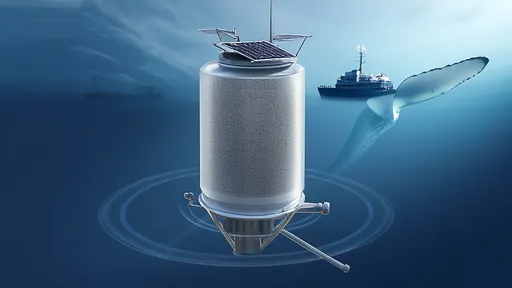
By /Jul 22, 2025
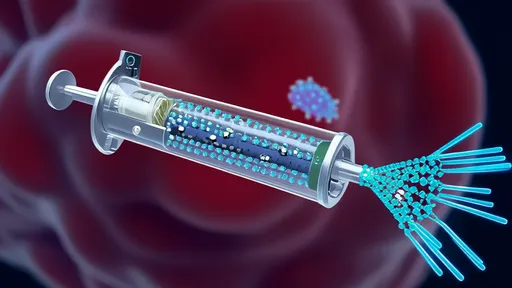
By /Jul 22, 2025
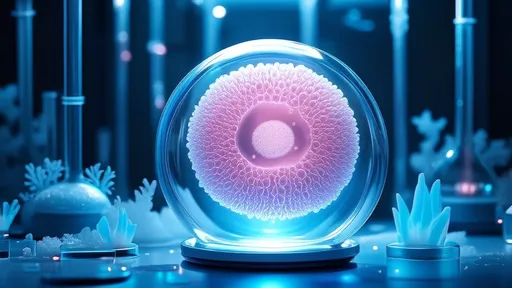
By /Jul 22, 2025